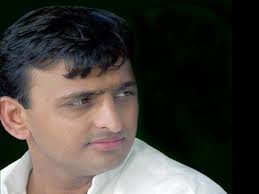
As the war of words involving the SP, BSP and the Congress over the yatra from Sunday escalated, heavy police force is being deployed in Faizabad-Ayodhya district.
"Besides PAC and RAF, two SPs, 16 Additional SPs, 32 Deputy SPs, 80 inspectors, 240 sub-inspectors have been deployed in the Faizabad district to maintain law and order in wake of the yatra", IG (law and order) R K Vishwakarma told reporters in Lucknow.
Alleging that BJP, RSS and VHP were using saints as their tools to fulfill their political ambitions ahead of Lok Sabha polls, Samajwadi Party(SP) said that it would not allow them to communalise the atmosphere through their proposed yatra.
"BJP, RSS and VHP are using saints as their tools to fulfill their political ambitions ahead of Lok Sabha polls as they have no public issues left. SP government will not allow them to communalise atmosphere of the state through their proposed 84-kosi yatra", SP spokesman and cabinet minister Rajendra Chowdhury told reporters in Lucknow.
The Akhilesh Yadav government would not allow any activity that could vitiate communal atmosphere by starting a new tradition, he said, adding that his party would not allow BJP to make a "Gujarat in UP".
The VHP on its part said the 84th 'kosi parikrama yatra' from Ayodhya would take place as per schedule from August 24 to Septmber 13 and the UP government would have to face dire consequences if it tried to obstruct it.





Comments
Add new comment